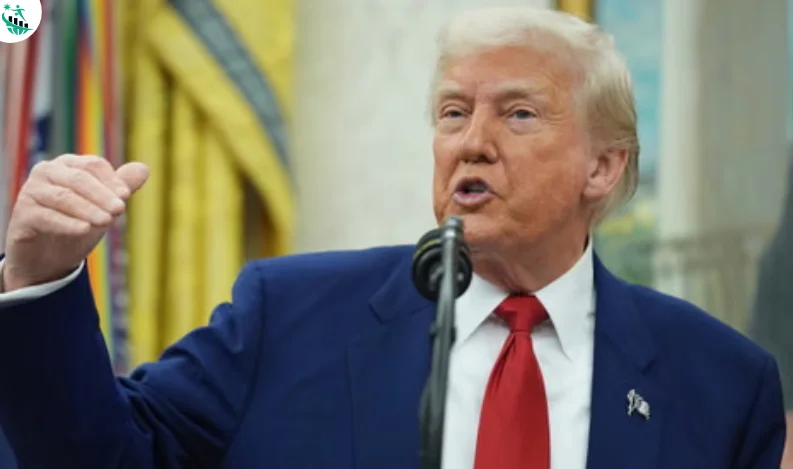
Trump’s Tariff Deal Offers Little Relief as Chinese Competition Rises
Japanese automakers have narrowly avoided higher U.S. tariffs following President Donald Trump’s new trade deal, but industry experts warn that growing Chinese competition presents a more serious and long-term threat.
The agreement, announced July 22, reduces tariffs on Japan-made vehicle imports to 15% from 25%. While that softens immediate cost pressures, analysts note the rate remains elevated compared to historical norms, offering limited relief.
“This deal brings some clarity, but not necessarily good news,” said Stefan Angrick of Moody’s Analytics, adding that the 15% tariff is still higher than most expected.
More concerning, however, is China’s rapid rise in the global auto market. Once a growth territory for Japanese brands, China is now outpacing rivals in electric vehicle production and critical component innovation. Experts cite China's growing presence in Southeast Asia and Australia as a major disruptor to Japan's traditional dominance.
A PwC report shows Japan’s auto market share in Southeast Asia’s six largest economies dropped from 68.2% in 2023 to 63.9% in 2024. Projections in Australia are even starker: by 2035, 43% of all imported vehicles there are expected to be Chinese-made, compared to just 22% from Japan.
Domestically, Japanese automakers face further headwinds from inflation and weakened consumer spending. Nissan, in particular, is struggling, with plans to shutter seven of its 17 global plants and cut 15% of its workforce by 2027.
Toyota’s scale and global reach help it stay resilient, but smaller players like Subaru and Mazda are under pressure. Analysts believe deeper integration with Toyota could be a long-term strategy, with joint electric vehicle projects already underway.
While the tariff cut brings some stability, it does little to offset the broader structural challenges Japanese automakers now face in a fast-evolving global market.



Recent Comments:
No comments yet.